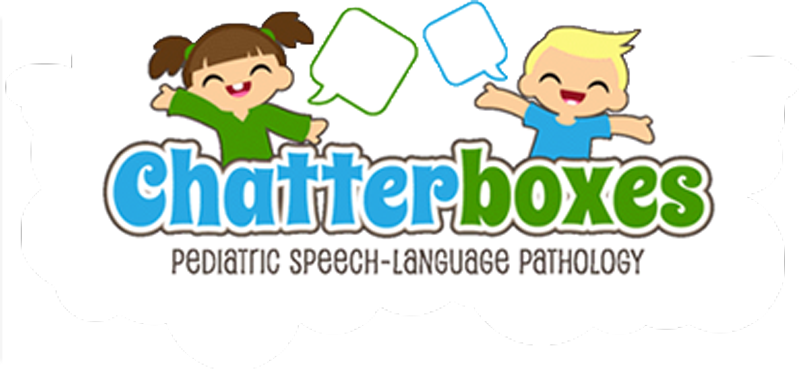I sat in the front row of “Intro to Speech-Pathology.” On day 1, our professor introduced 5 guests who would be joining us to share their experiences and the impact that speech-pathologists had on their lives. Each of the adults were laryngectomy patients. As the guests sat before the class and shared their stories, I was overcome with emotion; tears literally streaming down my cheeks. My heart broke as I felt their pain.
Later that day, I came to discover that my emotions were partially due to the sadness that blanketed their faces, but at the same time, my tears were filled with the happiness of knowing that I had discovered my own path; at that moment it became crystal clear to me:
I was going to help others and I was going to do it by becoming a Speech-Language Pathologist.

Graduation season is upon us and I am once again taken back to the thrilling feeling of accomplishing the intense feat of a achieving a Graduate Degree in Speech-Language Pathology. Now, as a practicing SLP, graduation season reminds me just how valuable my graduate degree has been for me, in all aspects of my life.
I have been practicing for over 12 years as an ASHA licensed SLP, and I couldn’t be more in love with my career.
Being an SLP continues to quench my desire to help others. It has given me the opportunity to work alongside of other caring and devoted clinicians who continue to inspire me on a daily basis.
This field has brought me flexibility in my time, which I am most grateful for in my recent years as a Mom of two young girls. I continue to be sincerely touched by each of the relationships and friendships that have developed from the families with whom I have worked with in therapy and continue to be inspired by my colleagues at our practice.
After 12 years, and all of the changes that life brings, I feel stronger than ever that the work of an SLP fits me like a glove; what a true testament to finding an amazing field!
So that said, Congratulations new SLP graduates!!! Welcome to this rewarding, exciting, and in demand field! There are so many people whose lives you will have the honor of touching.
On behalf of our team of Chatterboxes SLP’s, here’s our top 10 pieces of advice to you:
1) Open your heart❤ to each and every one of your patients.
2) Be proud of your clinical handouts & homework; 📋 they are an extension of you.
3) Put yourself in your client’s shoes. 👠 See things from their perspective & understand their needs.
4) Identify an SLP superstar 🌟 and watch them. Ask them questions and soak up as much as you can of their knowledge.
5) Never avoid seeking out help or advice ❓ from other SLPs! It shows your commitment to the field and your dedication to your therapy.
6) Develop a clinical style that fits; Let your personality 😆 shine through in your therapy and your work with others.
7) When working with a challenging patient, always focus on their strengths💪🏼 and meet them where they are at not where you want them to eventually be.
8) Strive for FUN. 🎉The more engaging you are, the more motivated your patient will be to communicate with you. Don’t doubt the learning that can occur during play!
9) Be sure your patients know their goals 📈 in speech therapy and why it allows them to communicate better! They will be more invested in therapy if they know what they are doing and why!
10) Never stop learning. ✏Excellent Speech-Language Pathologists should never stop learning, despite their years of experience.
We wish you all the best, 💞and hope you treasure the opportunity to touch the lives of others in the field of Speech-Language Pathology as much as we do!

www.TeamChatterboxes.com


















